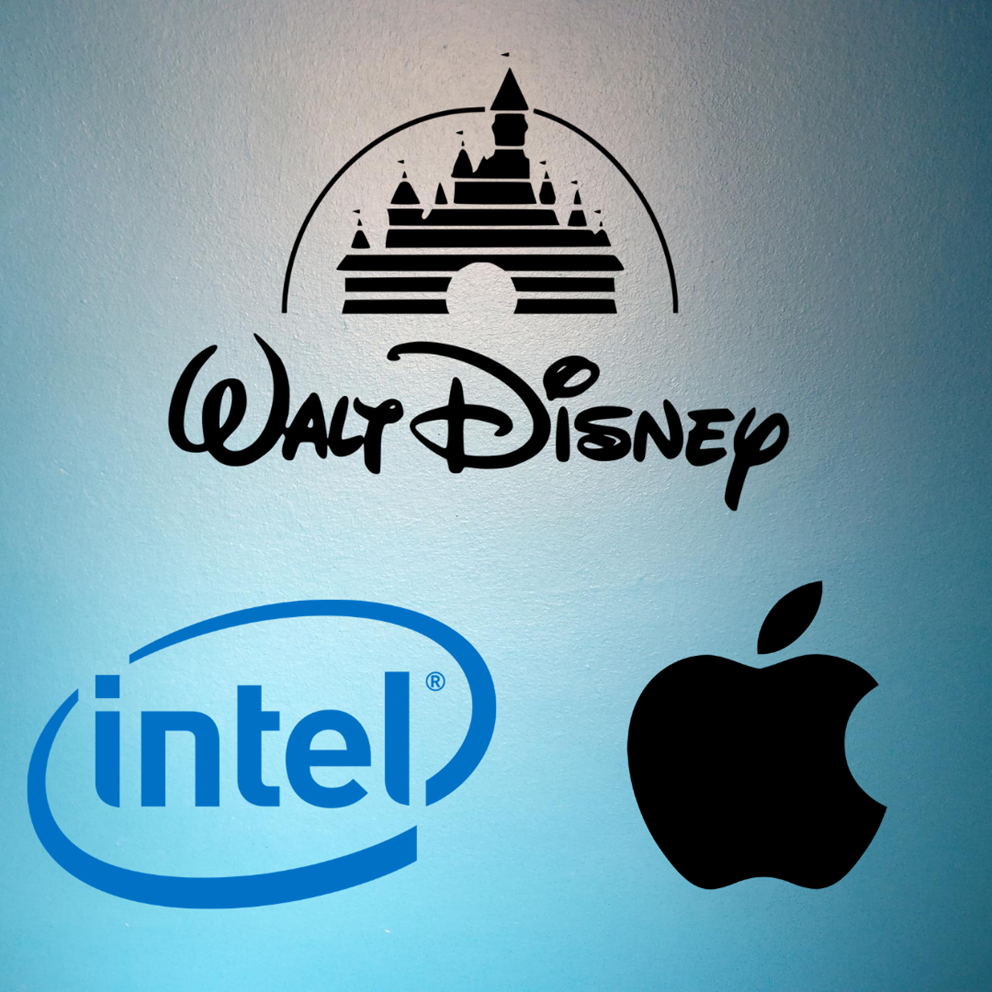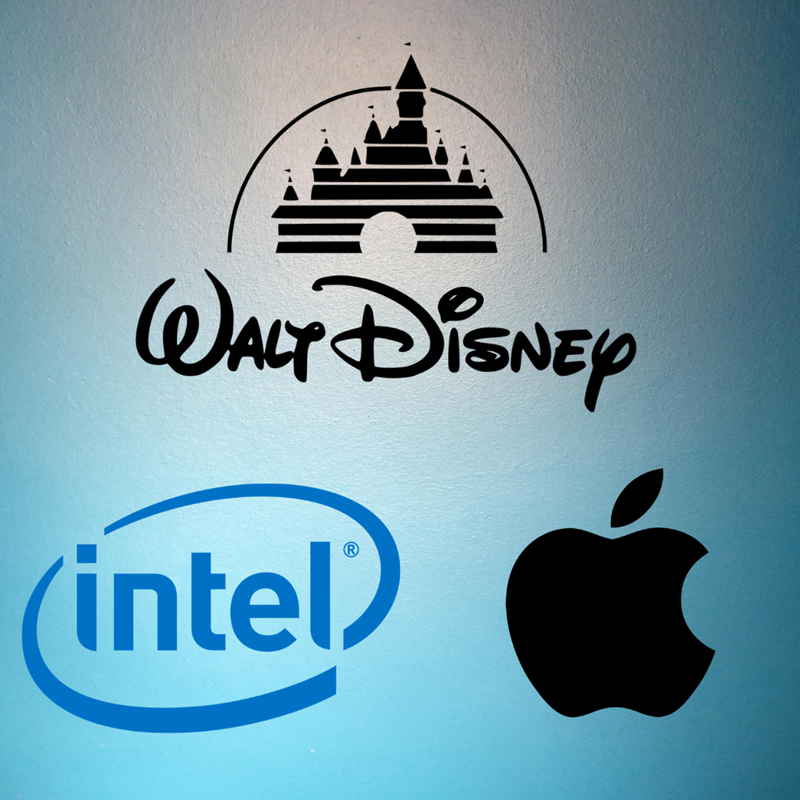

Weekly update - The Good, The Pleasant Surprise and The Ugly
Just as the summer heatwave besieges the Channel Islands and much of the UK, the Blue Chip team work their way through much of the 2nd quarter earnings announcements as part of our monitoring process. Here are the team‘s The Good, The Nice Surprise and The Ugly from this latest round of updates.
Regular readers may remember the What Our Companies Are Up To article we wrote during Q1’s earnings season where we noted common trends in how our companies were dealing with the pandemic. Overall, we were very pleased and believed Q2 would offer more clarity on the damage and how much of a recovery (if any) was underway that may continue to support (or not) the market narrative that the pandemic would be relatively short-lived and we should expect (and therefore price in) a V-shaped recovery. Q2 announcements factored in the vast majority of the western world’s lockdown and to some extent the gradual lifting of restrictions. In many cases, the financials were of little use but there was a great deal of similarity with the trends witnessed in Q1. E-commerce sales growth was strong for consumer companies that had invested in this channel - particularly for Blue Chip holding Nike, whose digital sales had experienced 75% growth on a year-on-year basis. Luxury holdings LVMH, and to a lesser extent Richemont, saw a pick-up in e-commerce sales, but it was woefully below the level needed to offset the devastation brought through forced store closures and the complete shutdown of the travel industry, nuking (for now) the highly lucrative luxury tourism trade.

Our healthcare businesses muddled through, pharma companies remained relatively unscathed, device businesses saw some return to the elective surgery market but those with a product portfolio more suited to supplying the needs of a pandemic fared better. Our life science businesses continued to bear the brunt as shut down laboratories and R&D labs impacted sales of both products and ‘consumables’. Illumina, for example, saw its stock gap down over 10% when the company missed estimates. Sales fell 22% year-on-year and losses only accelerated down the income statement as the company continued to invest for growth, effectively maintaining its ‘normal’ cost base. We applaud Illumina’s management for their approach even if the market didn’t. That said, the stock was up 20% year-to-date prior to earnings, having rallied almost 100% from its March lows – the miss may have been the perfect reason to take profit after an extended run.

However, it was within our technology and innovation theme where we saw all three of our Good, Pleasant Surprise and Ugly stocks and they came in the form of a fruit, a mouse and a chip respectively.
Apple announced results that blew past all expectations with revenues notching a Q3 record of $59.7bn, +11% year-on-year. Growth was registered across all products, services and geographic segments. The installed base of active devices (the now new all-important number) also reached an all-time high! Fitting then that the stock should also surge to an all-time high of $455, before settling at $445 as of Friday’s close.
Walt Disney, also known as the Mouse House, has been in the thick of it due to social distancing measures impacting heavily park and resort attendances, as well as cinema openings and live sports. Nonetheless, Disney CEO Bob Chapek, was able to deliver a better than expected quarter thanks largely to the growth of its worldwide subscriber base for Disney+ to over 60.5m. Helping to boost future subscriptions will be the much anticipated release of the twice-delayed remake of Mulan that will be available for download to Disney+ subscribers. The narrative is changing around Disney and Wall Street is now viewing the firm as a credible streaming powerhouse. We look forward to hearing more about its streaming strategy in the forthcoming investor day.
Finally, Intel underwhelmed investors after CEO Bob Swann announced there would be a further delay to its next generation 7nm chip due to manufacturing technicalities, sending its stock lower by over 10%. Intel has clearly lost its technical leadership, that much we know, so it makes sense that the vertically aligned business model that once upon a time fostered this leadership also adapts to this new reality. Intel will continue to fabricate its own chips, but it will also outsource more to TSMC in order to free up capacity. Whether this strategy will enable the company to retake leadership further down the scale at the 5nm or 3nm level remains to be seen. Yet, with the company posting record quarterly profits whilst trading on a high single digit multiple in a world that is using more and more digitally-connected devices creating ever increasing amounts of data, not a lot needs to go right in our investment case for Intel at these levels.
The market is still willing to sort the wheat from the chaff at the stock level, but there was little to suggest a V-shape recovery was underway, especially when we analysed our more economically sensitive businesses.
However, investors largely thought Q2 would be as much of a train wreck as Q1. So will we get another downturn in stock markets? This is hard to call as there is an abundance of liquidity supporting markets and an investor psyche that still doesn’t want to bet against the Fed. How Q3 pans out may change this. Investors will expect Q2 to have set the floor and any reason to believe this has not been the case has the potential to create some volatility - especially after such a strong run from the March lows.


